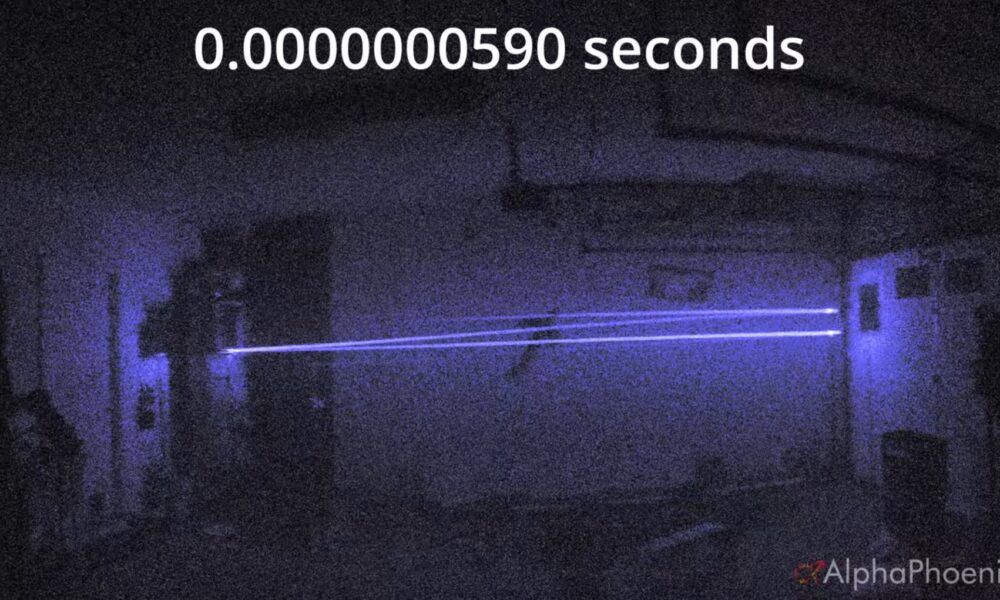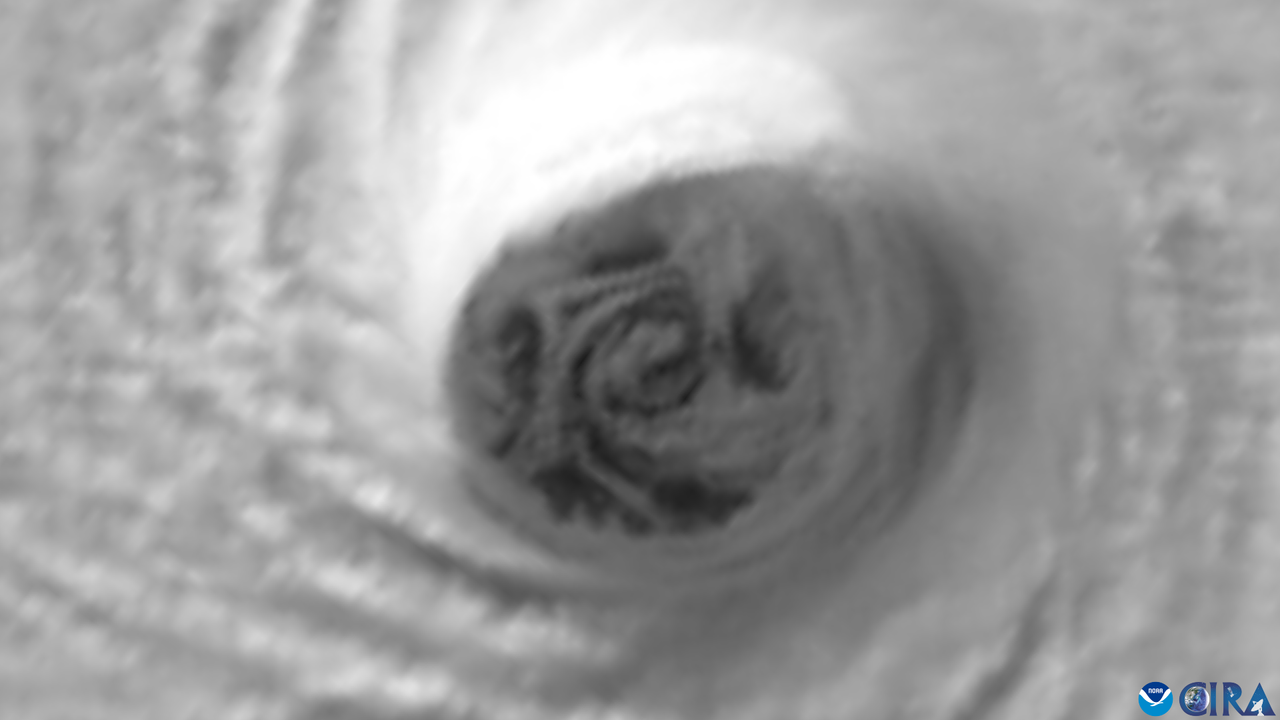Researchers at the University of Michigan have made a groundbreaking quantum discovery that challenges established physics. They identified quantum oscillations within an insulating material, suggesting that these effects originate from the material’s bulk rather than its surface. This finding, published on November 9, 2025, in the journal *Physical Review Letters*, hints at a “new duality” in materials science, where compounds may exhibit characteristics of both metals and insulators.
The study was conducted at the National Magnetic Field Laboratory, which hosts some of the most powerful magnets globally. Supported by the U.S. National Science Foundation and the U.S. Department of Energy, researchers explored a puzzling phenomenon known as quantum oscillations. In metals, these oscillations occur when electrons behave like tiny springs, responding to magnetic fields. By manipulating the strength of the magnetic field, scientists can observe changes in the motion of these “electron springs.”
In recent years, oscillations have also been detected in insulators, which traditionally do not conduct electricity or heat. This discovery sparked debate among scientists regarding whether the oscillations arise from the surface or the bulk of these materials. Lu Li, a physicist at the University of Michigan, emphasized the significance of their findings, stating, “What we’ve found is still really bizarre and exciting.”
The research team used the magnetic facilities at the National Magnetic Field Laboratory to conduct their experiments. They discovered that the oscillations were not merely surface phenomena; rather, they originated within the material’s bulk. Li expressed the uncertainty surrounding the practical applications of their findings: “We have no idea what to do with that, but at this stage, we have experimental evidence of a remarkable phenomenon.”
This research involved a collaborative effort of over a dozen scientists from six institutions across the United States and Japan, including Kuan-Wen Chen and several graduate students from the University of Michigan. Chen remarked, “We are excited to provide clear evidence that it is bulk and intrinsic,” highlighting the study’s contribution to understanding the origins of these quantum effects.
Li describes their discovery as indicative of a “new duality” in physics, akin to the dual nature of light and matter as both waves and particles. This previous understanding revolutionized physics over a century ago and paved the way for advancements in technologies such as solar cells and electron microscopes. The new duality suggests that materials can behave as both conductors and insulators, a concept that has significant implications for future materials science.
To investigate this duality, the researchers focused on a compound known as ytterbium boride (YbB12) under a magnetic field reaching 35 Tesla, approximately 35 times stronger than the field inside a typical hospital MRI machine. Li explained that their findings dismantle the simplistic view of materials, stating, “It’s the whole compound that behaves like a metal even though it’s an insulator.”
While this “metal-like” behavior is only observable under extreme magnetic conditions, the implications of the research extend far beyond immediate applications. Graduate student Yuan Zhu noted, “We don’t yet know what kind of neutral particles are responsible for the observation,” indicating the need for further exploration into these quantum phenomena.
Support for this project also came from the Institute for Complex Adaptive Matter, the Gordon and Betty Moore Foundation, the Japan Society for the Promotion of Science, and the Japan Science and Technology Agency. As researchers delve deeper into this fascinating area of study, they hope their results will encourage additional experiments and theoretical work to unlock the mysteries of quantum behavior in materials.







